Activities and Trails
Explore what kind of activities are available near the park.
Your year-end gift DOUBLED!
Match My GiftYour year-end gift DOUBLED!
Gifts that do good
Local gifts for park loversGifts that do good
Celebrate the reopening of Hawk Hill
Perfect spot for views, moreCelebrate the reopening of Hawk Hill
MLK Weekend of Service 2026
A day on, not a day offMLK Weekend of Service 2026
Your year-end gift DOUBLED!
Match My GiftYour year-end gift DOUBLED!
Gifts that do good
Local gifts for park loversGifts that do good
Celebrate the reopening of Hawk Hill
Perfect spot for views, moreCelebrate the reopening of Hawk Hill
MLK Weekend of Service 2026
A day on, not a day offMLK Weekend of Service 2026
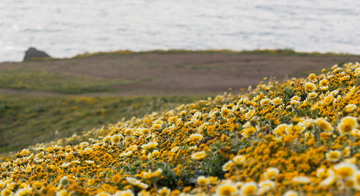
See what wonders restoration work creates at this rugged coastal promontory in San Mateo County.
Thanks to community volunteers, the 110-acre park now has trails, red-legged frog ponds, and a revived habitat for the San Francisco garter snake, once North America’s most endangered reptile.
Restoration activities have helped the area recover from invasive species infestation and centuries of use by humans. In the 1700s, the Spanish mined a nearby limestone quarry to supply whitewash for San Francisco’s Presidio buildings. An Italian immigrant, Stefano Mori, purchased 19 acres of farmland here in 1888. Mori built a guesthouse/restaurant, the Mori Point Inn, which developed a notorious reputation during the Prohibition days and was operated by the family until the 1940s.
Mori Point was a site of gravel and sand extraction during World War II; quarrying and later off-road vehicle use left the landscape scarred. In 2000, with the help of the Pacifica Land Trust, the Coastal Conservancy, and concerned community members, Mori Point was purchased by the Trust for Public Land and added to the Golden Gate National Parks.
Mori Point, a stunning coastal park in San Mateo County, had a colorful history as the former site of a limestone quarry, bootlegging operations, a rowdy roadhouse, and dirt-bike racing. By the time the site was acquired by the National Park Service in 2004, a large network of informal trails had caused erosion, changes to the natural flow of water, and an influx of invasive plant species.
In 2007, the Parks Conservancy and National Park Service launched a major restoration effort to repair this damage, restore habitat, and improve the visitor experience. With the help of community volunteers, 33 acres of wetland, grassland, and coastal scrub habitat were restored—including habitat for the endangered San Francisco garter snake and the threatened California red-legged frog. To support and enhance visitor access while protecting the sensitive ecosystem, new trails and boardwalks were constructed, and new directional and interpretive signage was installed.
Today, visitors to Mori Point can enjoy a sustainable network of trails varying in difficulty, sweeping seaside panoramas, wildlife viewing, and abundant spring wildflower displays. Learn more about restoration and stewardships at Mori Point here and how you can be part of the team of community volunteers who pitch in every week to help continue to care for and restore this special place.
Learn more about restoration and stewardships at Mori Point here and how you can be part of the team of community volunteers who pitch in every week to help continue to care for and restore this special place.
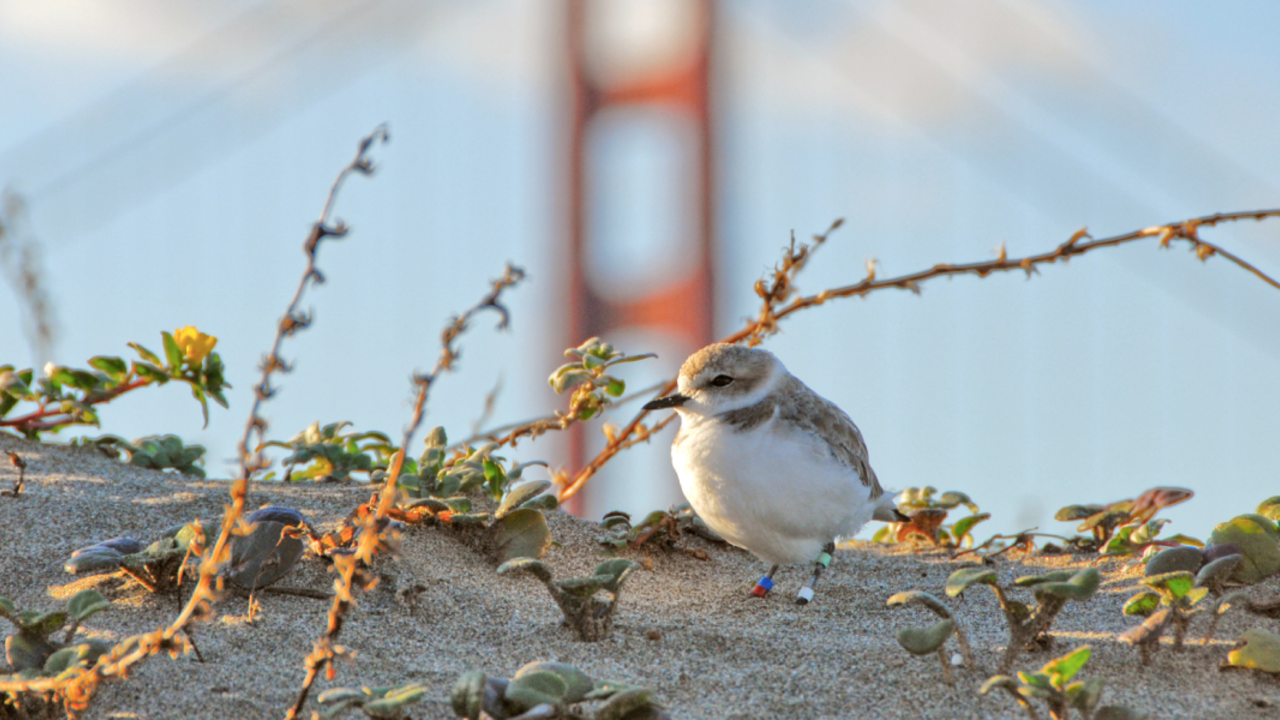
Jessica Weinberg McClosky/Parks Conservancy
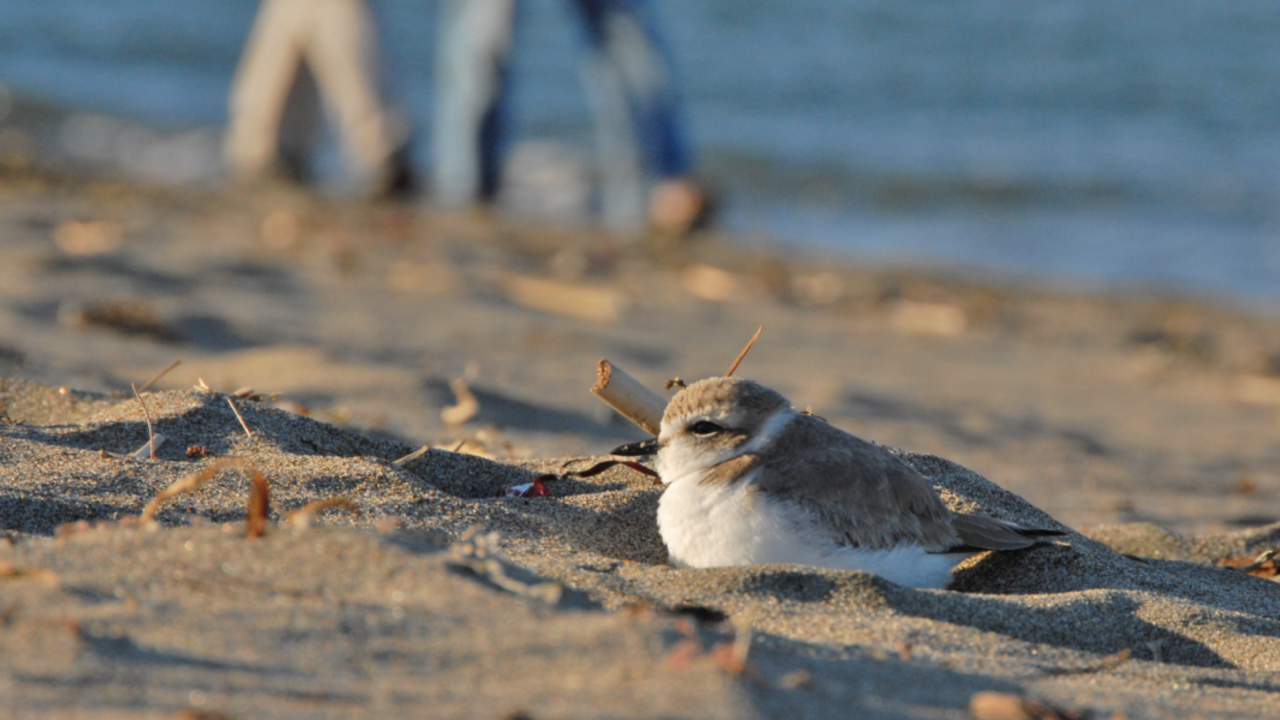
Jessica Weinberg-McClosky/Parks Conservancy
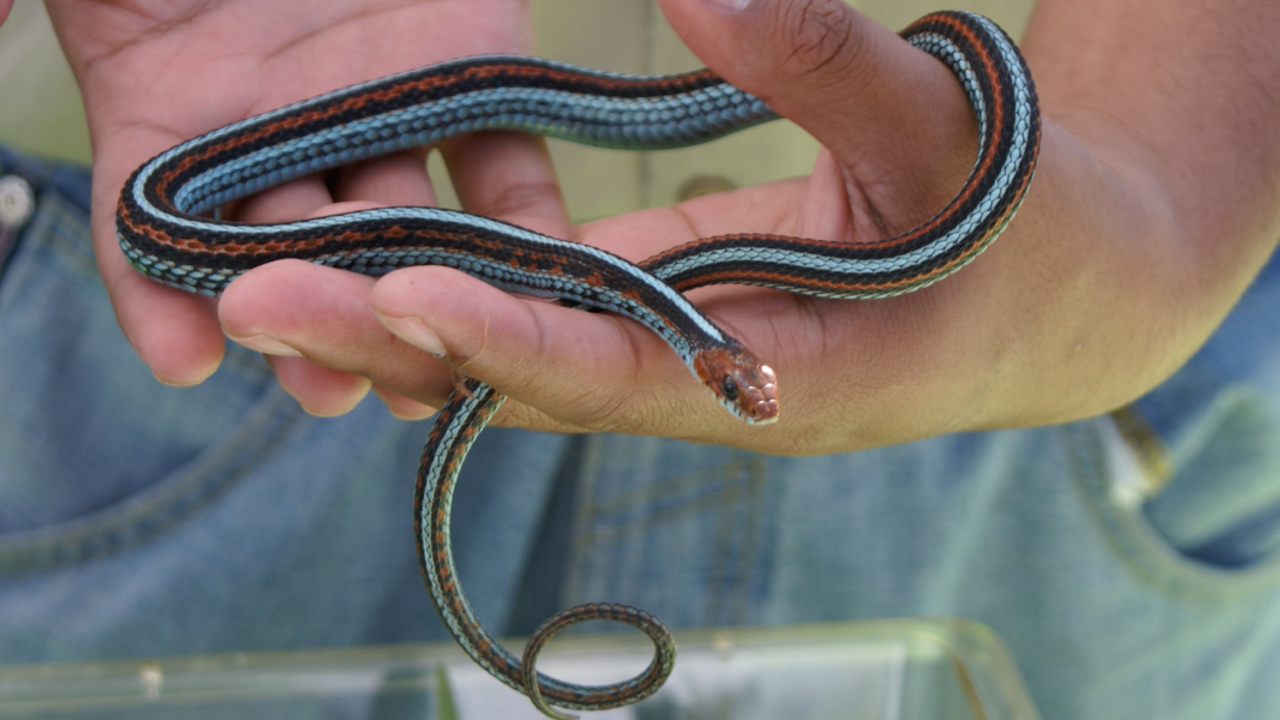
Parks Conservancy
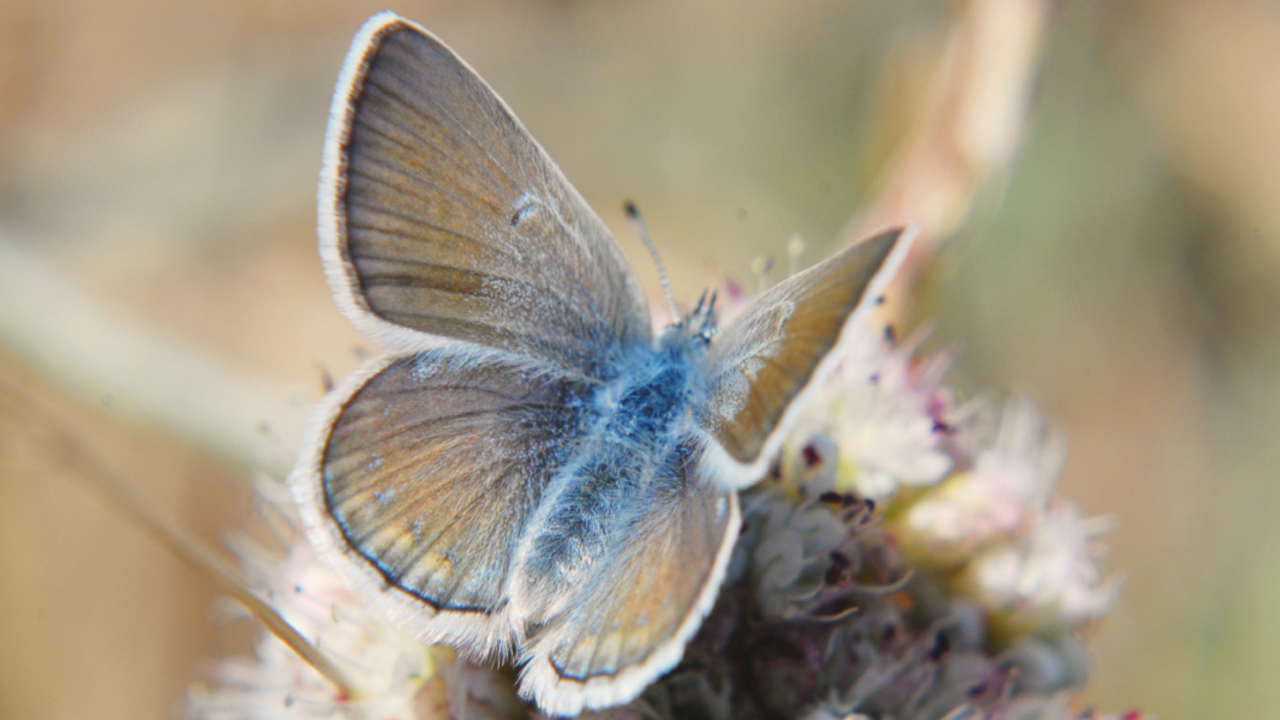
Jessica Weinberg-McClosky/Parks Conservancy
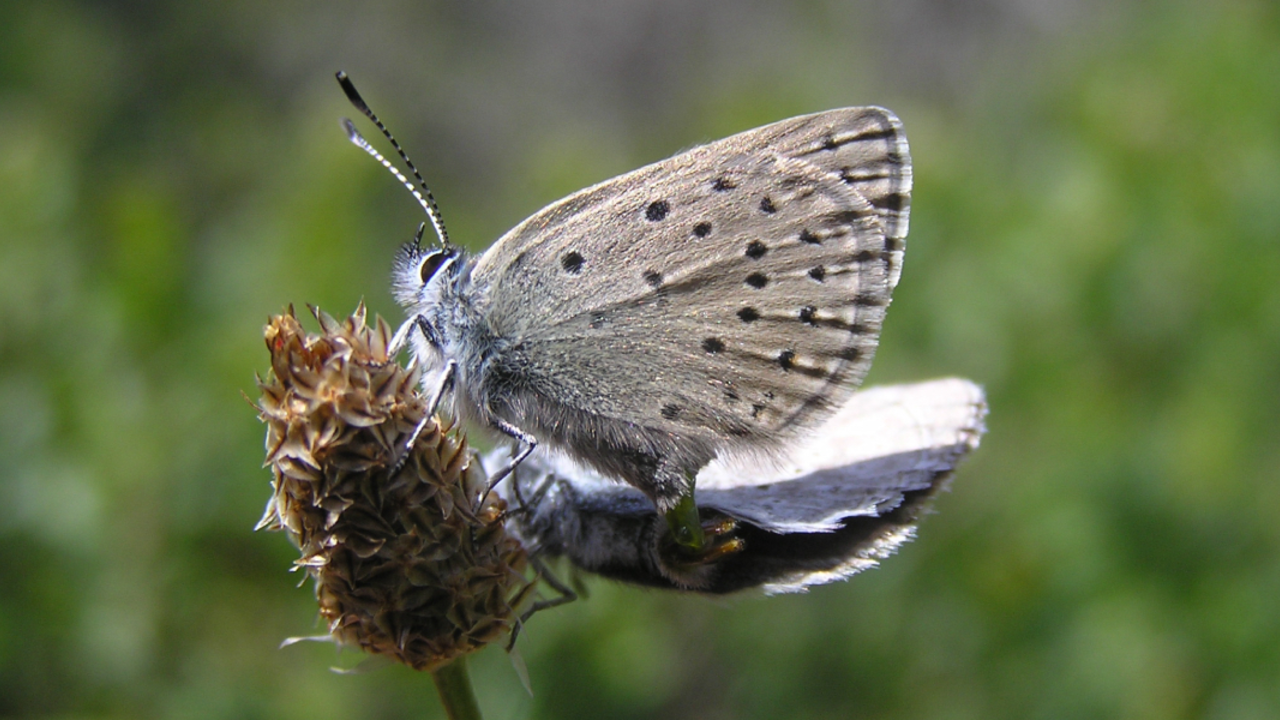
Parks Conservancy
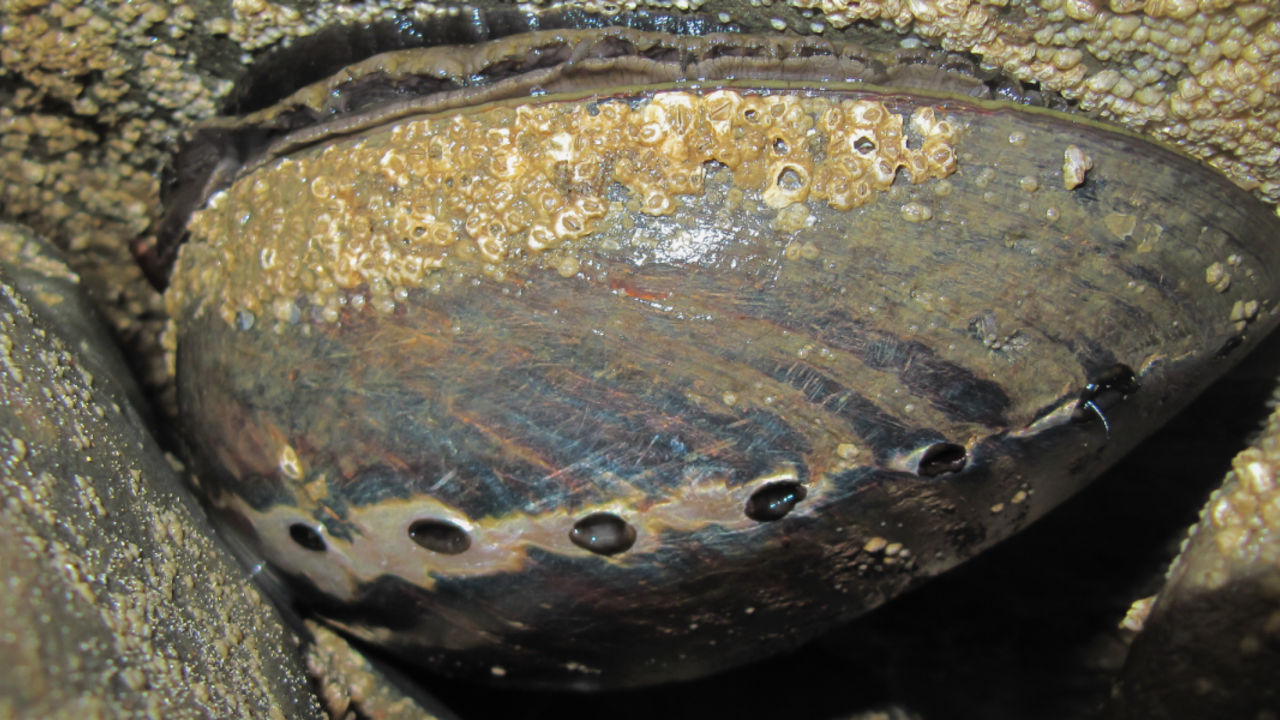
Parks Conservancy
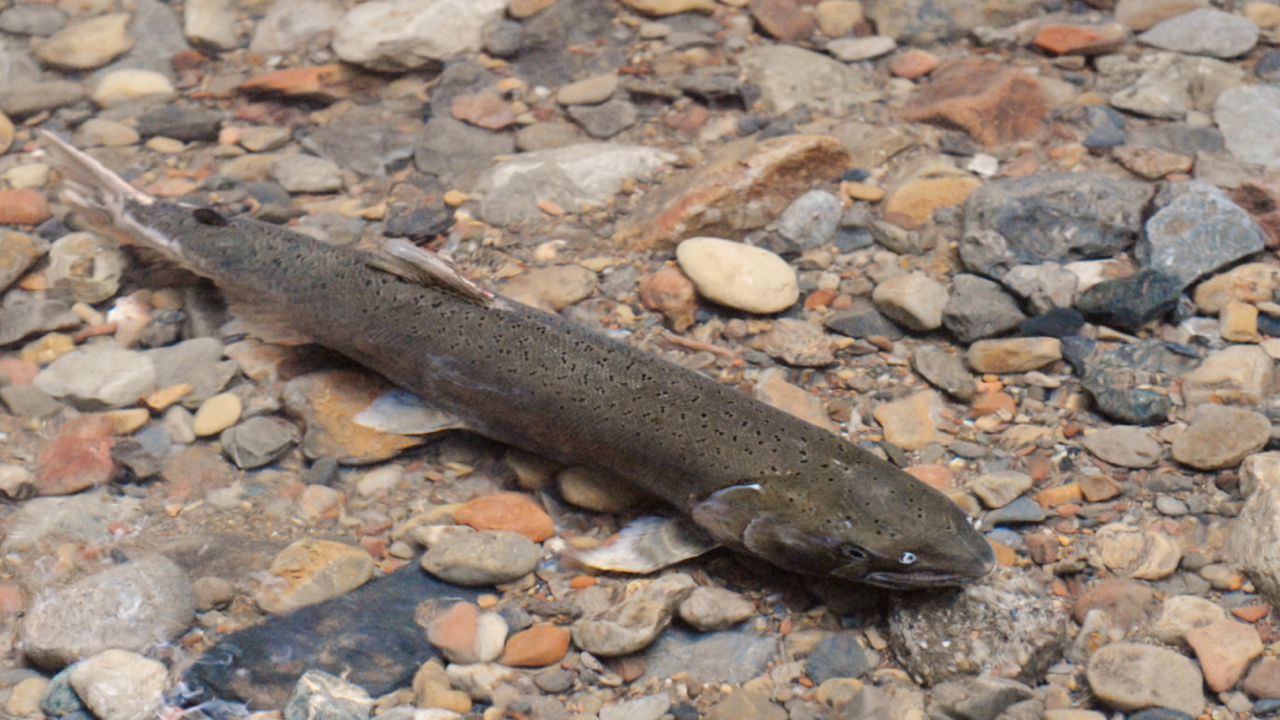
Jessica Weinberg McClosky/Parks Conservancy
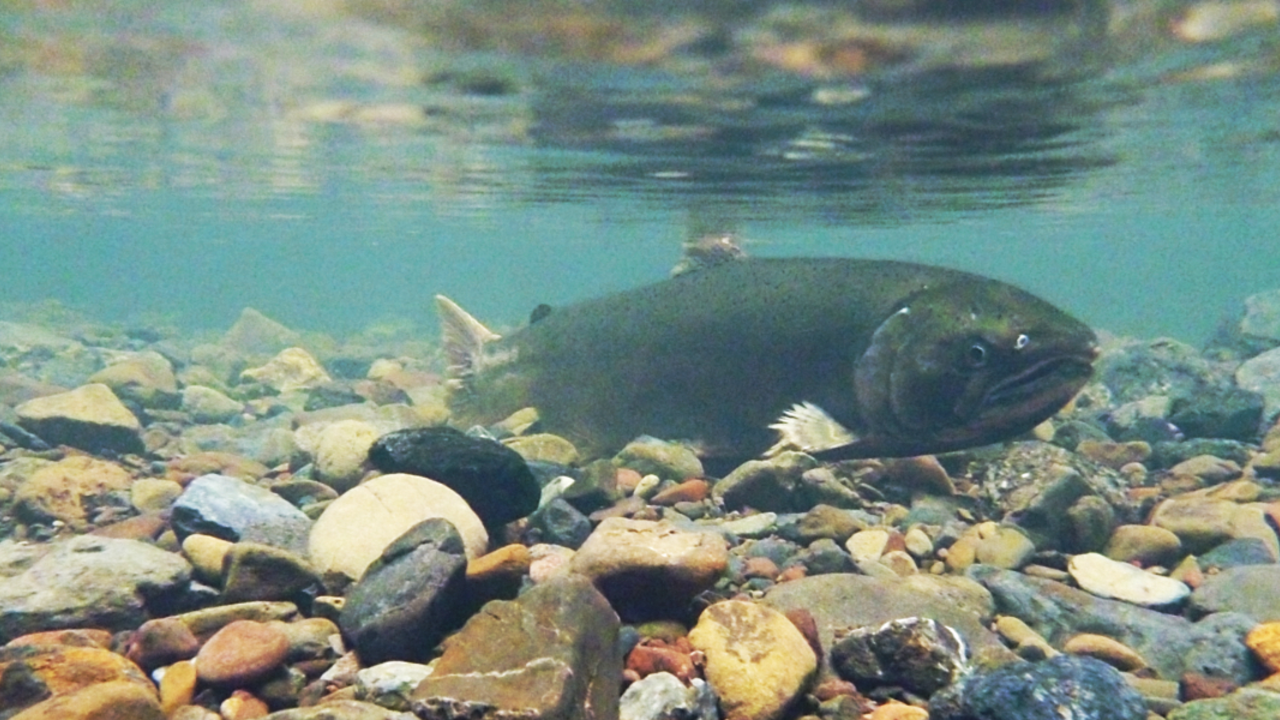
Jessica Weinberg-McClosky/Parks Conservancy
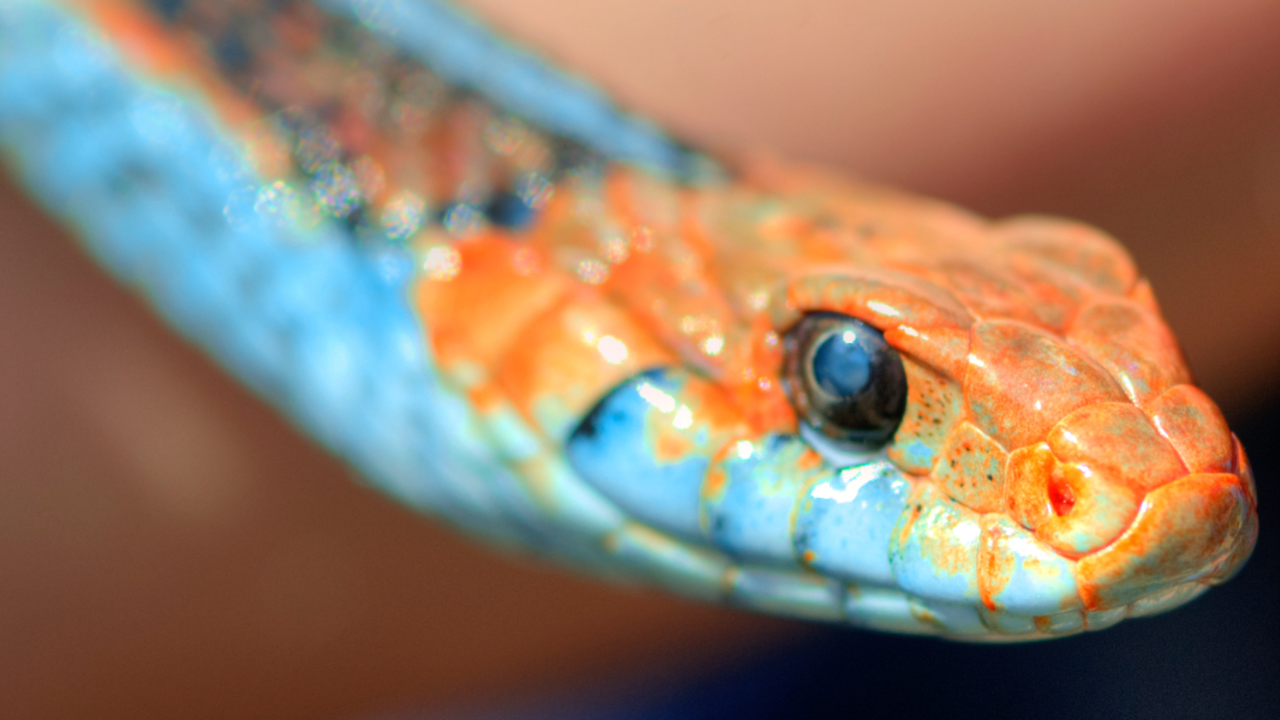
Mason Cummings/Parks Conservancy
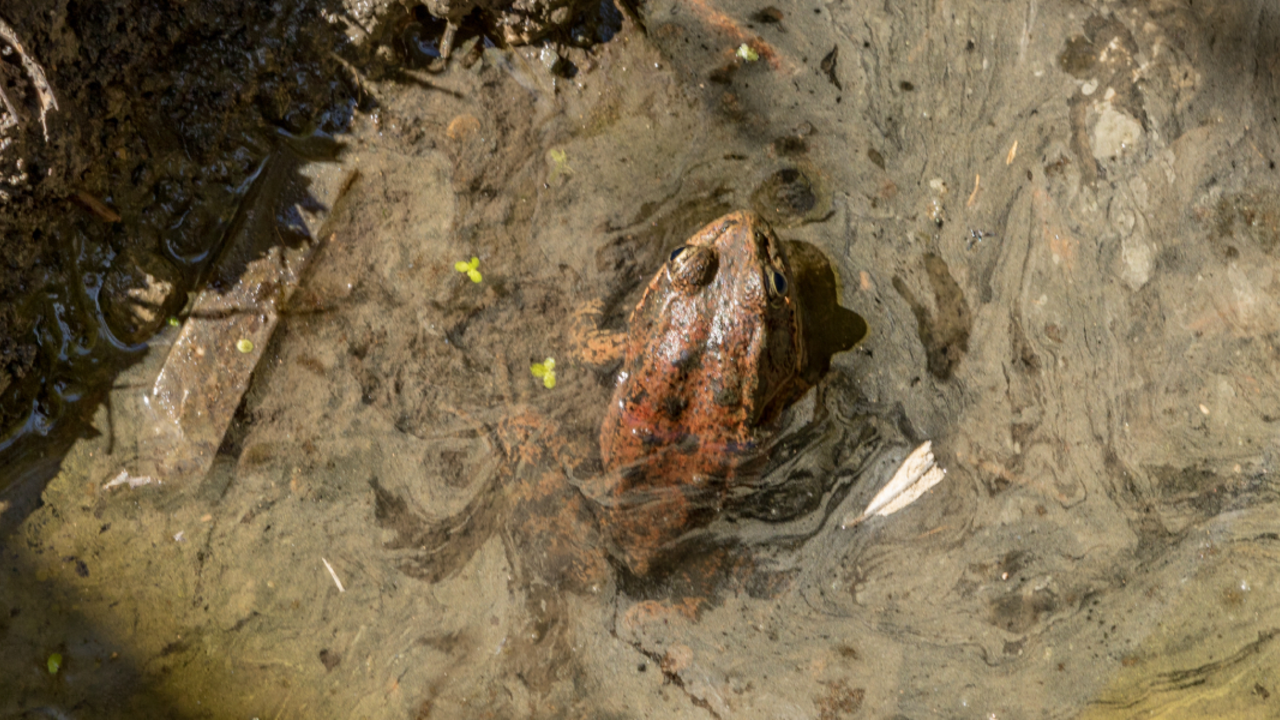
Kirke Wrench/Parks Conservancy
Explore what kind of activities are available near the park.
© 2025 Golden Gate National Parks Conservancy. All rights reserved.